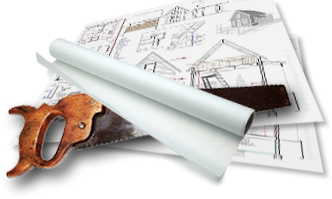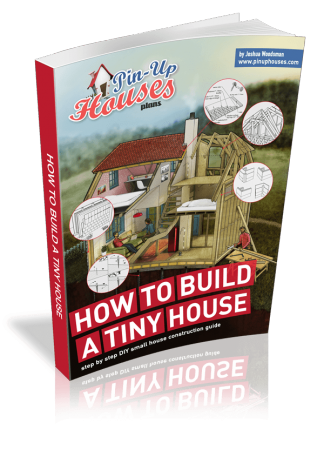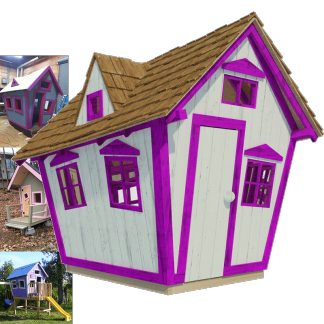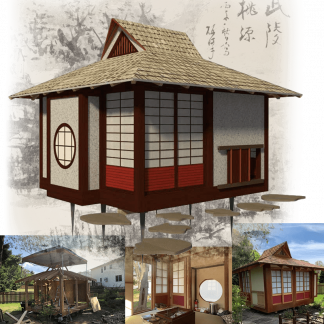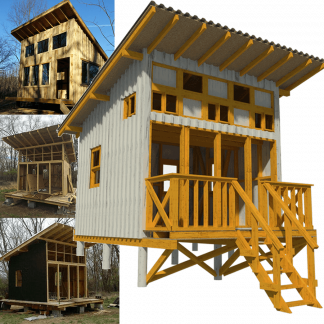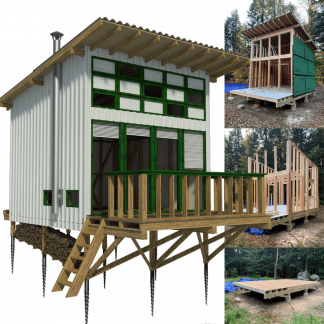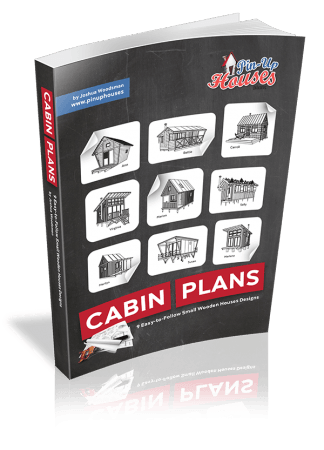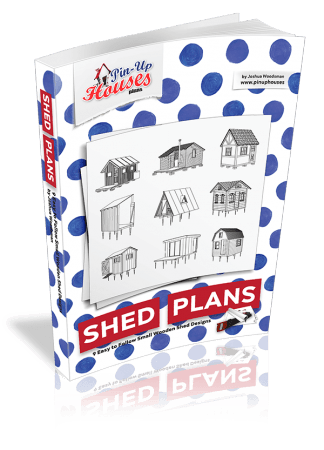Starting Strong: Key Roofing Choices for Tiny Homes
Selecting the right roofing material is a crucial decision for tiny homeowners, impacting not only the home’s durability and energy efficiency but also its overall aesthetic. Given the unique challenges of tiny living, such as limited space, mobility, and exposure to various weather conditions, it is essential to choose a roofing solution that balances functionality with style. In this guide, we will explore two of the most recommended roofing options for tiny homes: asphalt shingles and standing seam metal roofing. Drawing from industry insights from Strive Roofing & Construction, a trusted roofing company serving the Greater Houston area, we will explore the benefits and considerations of each material to help you make an informed choice for your tiny home or small structure.
Asphalt Shingles: Cost-Effective and Versatile
Asphalt shingles are a popular choice for tiny homeowners due to their affordability and ease of installation. Homeowners should be cautious about choosing 3-tab asphalt shingles due to their thinner, single-layer construction, which makes them more susceptible to damage from wind and other harsh weather. 3-tab shingles typically have a shorter lifespan, often lasting only 15 to 20 years, and offer limited aesthetic appeal with fewer color and style options.
In contrast, architectural asphalt shingles, also referred to as dimensional or laminate shingles provide enhanced durability and longevity, often with a lifespan of 25-30 years or more. Architectural asphalt shingles come in many distinct colors and can complement various architectural styles.
Standing Seam Metal Roofing: Durable and Energy-Efficient
Another option is standing seam metal roofing. It is renowned for its durability and longevity, often lasting 40 to 70 years with minimal maintenance. Its interlocking panels provide superior protection against the elements, making it an excellent choice for tiny homes in regions with harsh weather. Moreover, metal roofing reflects solar heat, enhancing energy efficiency and reducing cooling costs. While the initial investment is higher than asphalt shingles, the long-term benefits and reduced maintenance needs make it a cost-effective option over time.
One of the key features of standing seam metal roofing is its concealed fastener system. Unlike exposed fastener systems, where screws penetrate the roofing material and are subject to weathering, standing seam systems hide the fasteners beneath the panels. This design minimizes the risk of leaks and corrosion, enhancing the roof’s longevity and performance. The absence of exposed fasteners also contributes to a sleek, modern appearance, which may be appealing to many.
Expert Installation Matters
Regardless of the chosen material, proper installation is crucial to ensure the roof’s performance and longevity. Strive Roofing & Construction advises homeowners to work with experienced professionals who understand the nuances of tiny home construction, but more importantly roofing. Proper installation not only ensures the roof’s durability but also maximizes its energy efficiency and aesthetic appeal.
Conclusion
Selecting the right roofing material for a tiny home involves balancing factors like cost, durability, and maintenance. Asphalt shingles offer an economical and aesthetically pleasing option, while standing seam metal roofing provides unmatched durability and energy efficiency.

